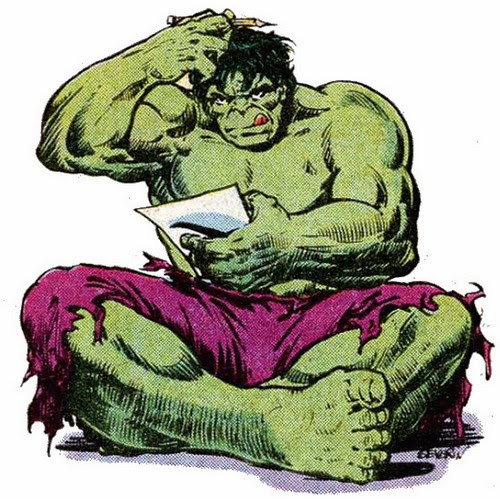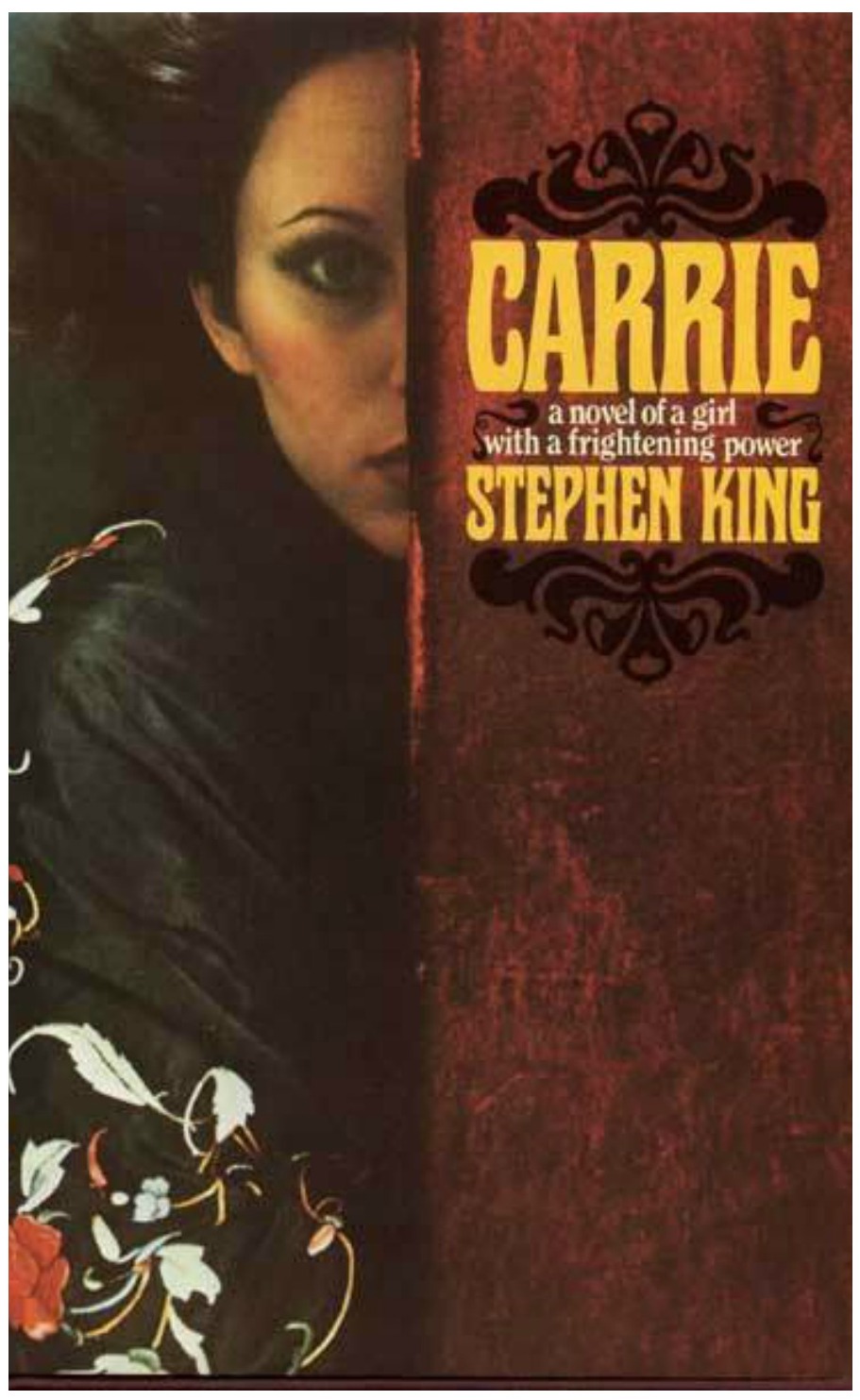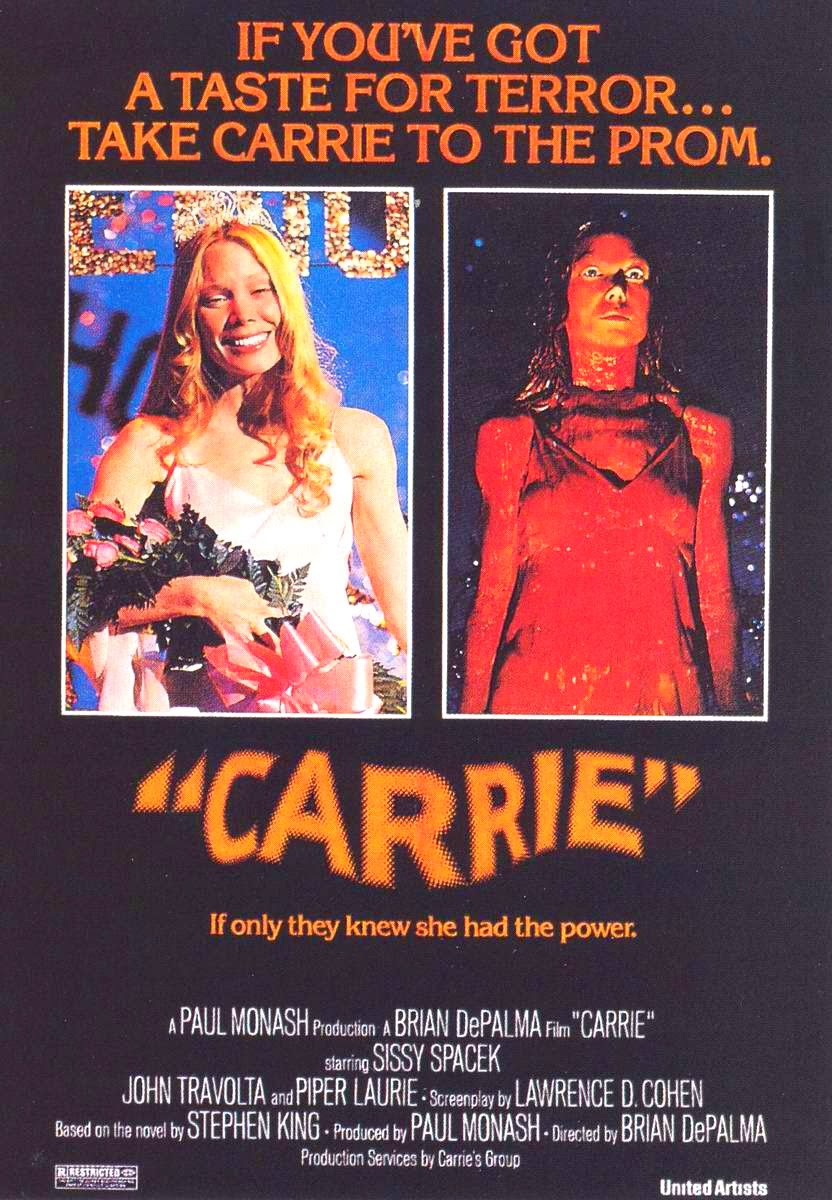A literary agent: do you need one to sell your art (or illustrated) book to a publisher?
No.
But you might wish you did.
Remember my much-repeated caveat: publishing is personal. It requires not only a nuts-and-bolts understanding of the industry, but also relies upon feelings, intuition, gut instincts, and relationships. A good agent (as I mentioned in my previous post) takes their client in hand, helps them craft and refine their project—whether it’s a simple proposal or outline or the entire thing—and figures out who might provide the best home for that book. The agent uses their experience, their knowledge, and their relationships to determine which publishers to approach: they knock on the doors (and know which doors to knock on), they make the pitches, they deal with—and learn from—the rejections, and move on to the next likely candidate. They repeat the process until they make the sale. The agent is the author’s (that’s you) advisor, their pep squad, their bodyguard, and their sales force.
Agents work on commission (plus variable expenses directly incurred on their client’s behalf, like postage, Xeroxes®, etc.): they get paid when they sell a book and the client gets paid. General advice is to run away from any agent who wants to charge a fee to represent you. How much do they get? It can vary, but the industry standard is 15% of the total income for the book before taxes: that includes 15% of the advance, 15% of any future royalties if the book earns out, and 15% of any options by or sales to a third party of film, TV, or other entertainment rights. Agents routinely receive a 20% commission for foreign rights sales.
It might seem like a big bite of the sandwich, but they earn it, particularly when it comes down to negotiations and contracts. Remember that it is in their best interest to get you the best deal—and the most money—for your work. The happier you are, the happier everyone is. The more you make, the more they make.
Book contracts are much more complicated than a standard purchase order or rights agreement for an art assignment. Much more. And while a lawyer can help decipher a book contract and point out some of the clauses to think about, it takes someone who thoroughly understands the process and the reasoning behind the document to advise as to the best course. I’ve seen lawyers (including those who practice in the realms of copyright and intellectual properties) unfamiliar with the nuances of publishing standard practices screw up a deal—and subsequently screw their clients—because they didn’t understand how things worked. They didn’t understand the financial realities, they didn’t understand subsidiary rights, they didn’t understand the risks. They didn’t understand the personal aspect of publishing. (And, to be perfectly fair, I know agents who have botched otherwise great deals by making egregious demands, much to the sorrow of their clients.)
Similarly there are stories of creators who signed contracts without the advice of either an agent or a lawyer and wind up unhappy as a result. Not because of anything unscrupulous or underhanded in the construct, but simply because they didn’t fully understand the totality of what they were agreeing to. Alan Moore’s expressions of displeasure about his Watchmen graphic novel being turned into a film and his inability to make DC Comics relinquish the publishing rights regularly gets the internet buzzing, but…you can’t negotiate the terms of a contract after you’ve already signed it. As long as the publisher continues to hold up their end of the agreement, for however long the contract is in effect, complaints are pretty empty.
Knowledge and experience are invaluable and both are precisely what a good agent brings to the table.
And the difference between an art rep and a literary agent? Besides that an art rep’s commission tends to be anywhere from 25% to 50% of the artist’s paycheck? Well, the art rep’s expertise (speaking with illustration in mind and not those of a gallery rep or business manager) is in securing work for the artist to complete for a client; it’s a very straightforward transaction that begins with the job and pretty much ends with the approval of the art and the payment of a purchase order. The art rep tries to satisfy the artist and the client; in disputes the client (the customer) is often “right”—because the art rep wants to continue to get work for their artists from that client. Though there are always exceptions, art reps aren’t usually experienced (or concerned) with creator copyright, intellectual properties, contracts, licensing, and subsidiary rights.
With a literary agent, you are the client and the “product” and the breadwinner and the reason; you are who they’re looking out for and they’re your first line of defense in any disputes.
As I mentioned, you don’t have to have an agent to sell your book to a publisher. But if you don’t, be prepared to do everything an agent does while creating your work.
SFWA (the Science Fiction Writers of America) has a thorough and incredibly helpful article discussing the pros and cons for authors (and, yes, that’s what your title will be if you sell a book) working with agents as well as a multitude of links to resources to help you find your way through the publishing forest. Hit the the link and dive in.
Contracts, Advances, & Royalties
This is really the barest of bare bones simply because book contracts and moola are, as I mentioned above, complicated. Also not much is set in stone: like any agreement, most (not all) parts of a contract are negotiable, and that includes the money. What both sides agree and put their John Hancocks to is what becomes enforceable: up until everybody signs on the dotted line, it’s all just talk.
A publishing contract is not merely an agreement for you to sell your book and someone to publish it; there are numerous clauses covering rights, assertions, limitations, and conditions. There are protections for you and you’d better believe their are protections for the publisher. Compensation is always spelled out as are the rights being purchased. Publishers routinely share in film/television sales (if they happen) and it’s not unusual for them to share in other licensing rights, depending on the terms negotiated. There are assertions of ownership (you are the creator of the work and/or are the copyright owner of same), deadlines for delivery, what exactly you’ll be delivering, where and how any disputes will be adjudicated, and clauses of liability and indemnity (which puts you on the hook if the publisher gets sued for publishing your book). And that’s just part of what a contract includes—and it’s all written by lawyers, which means the language can sometimes be indecipherable. (I’ve dealt with a lot of contracts through the years and I usually have to read them three times, then ask for help.) Regardless of whether you have an agent or are flying solo, read everything and don’t sign anything you don’t understand. Questions are expected and asking questions, as many as need asking, is not a sin.
As part of the acquisition process publishers do what’s known as a profit-and-loss projection. Basically it is what-if accounting: we want to do this book, what’s it going to cost us to secure the rights, what are all the costs associated with with producing it (cover art, printing, distribution, and some sort of breakdown that includes the salaries of the editor, art director, and everyone else involved), what will it cost to promote it, what will it cost to distribute it, how many do we think we can sell in the first 12 months, what’s our break-even point, how much will publishing this book (if it sells) put in the bank account, etc., etc., etc. Risks vs. rewards. The advance offered is based on projected earnings as mapped out in this P&L analysis. The size of the advance depends on how well the publisher thinks the book will sell, how much they want to publish it, and how much the author is willing to accept in order to enter the agreement.
How do you get paid for your book? In essence you are licensing your work to the publisher and in return for that license you will be paid a royalty for each copy they sell. The amount of the royalty can be negotiated and can be tiered (increased) to correspond with success: the more books that sell, the bigger the percentage of profits the author shares in. A normal royalty is 8%, but 10% to 15% aren’t uncommon, with the higher percentage usually reserved for better known creators. Different formats (like paperbacks or e-books) can come with a different (usually lower) rate. What that royalty is actually generated from is also part of the contract negotiations, but standard practice is for the royalty to be based on the publisher’s net receipts, not the gross. Meaning that the royalty is based on what the book actually sold for to wholesalers and retailers, not the full listed retail price; the publisher’s negative costs (their overhead) are also factored into the accounting when determining royalty payments.
Figure it this way: a book retails for $10. The standard direct discount to a small bookseller is 40%; larger retailers can negotiate deeper discounts and receive discounts of anywhere from 50% to 65%. The distributor has to get a percentage of that sale in order to get the books in the marketplace, let’s say 10%. So for a large sale to a major account—a Barnes & Noble say or an Amazon—the publisher get’s $2.50 per copy sold. (And, of course, the book business allows returns which permits sellers to receive credit for unsold titles.) From that $2.50 the publisher has to pay all of their negative expenses: printing, advertising, salaries, rent, electricity, and everything else associated with running a business, plus the author’s royalties. Each book has its own budget and each has to carry its own weight. The margins are pretty narrow: publishing is an aggregate business, which is why publishers produce a lot of titles.
There are stories of novice publishers without much money who paid royalties based on the straight retail price of their book (or game) and sadly learned why experienced publishers…don’t. Some artists have waxed nostalgic about “the good ol’ days” when they were receiving five-figure royalties on a game card image (and will unhappily talk about current rates and policies) without realizing that the practice didn’t last because it drove the naive publishers to the brink of—if not into—bankruptcy and led to the sale of those companies to bigger, more savvy corporations.
Publishing is personal and everything affects everything else.
Unless there’s an advance (I’ll get to that in a second), royalties are paid with a frequency determined in the contract, but it’s usually bi-annually or annually. The publisher will issue a royalty statement breaking down sales to whom and for how much, detail expenses, and issue a check for the amount due (with a small percentage often held in reserve to cover copies returned by retailers: if the books don’t come back after a reasonable time, the publisher issues a check for the balance). Royalty statements are pretty black & white, but can be a bit challenging to wade through.
What’s an advance? An advance is an up-front payment of projected royalties. The amount can vary and is always negotiable, but advances for art books tend to be modest. The advance is often a way to bind the deal, but it isn’t necessary to take one in order to enter into a contract: no advance means there’s nothing to “earn out” and the creator is owed a royalty on every copy sold from day one. Stephen King once took a $1 advance for a book. “Earn out?” That means, for example (and forgive me if my math is faulty), if the creator is paid an advance of $5000 against a 10% royalty the publisher would have to earn back $50,000 in net sales before the creator’s advance against royalties was satisfied or “earned.” Once the amount the publisher has pre-paid the creator is accounted for, royalties begin to accumulate and be paid on a pre-determined schedule for copies sold after that point. If you have an agent, the payments are funneled through them (at which point they take their percentage and send you the balance); without an agent the payments go directly to the author.
An advance against royalties is often seen as a way to provide financial support for the creator while they complete their book. But advances can be misunderstood. An advance is not “extra money” in addition to royalties: they are, as mentioned, pre-paid royalties. Ellie Frazetta (a good friend whom I deeply miss) never understood the nuances of contracts, advances, or royalties (or how royalties were calculated) and it ultimately led to ill-advised and ultimately unfortunate disputes with every single publisher she ever worked with, from the Ballantines in 1975 until the day she died in 2009. (Frank, of course, never thought about any of it: he let Ellie manage the business and allowed the chips to fall where they may.)
The unusual legal wrinkle about advances for publishers is that they’re something of a “limbo” expense until a book is actually delivered for production. Though as with everything there are exceptions, particularly when accounting comes into play, the IRS tends to not allow advances as a business expense until a “tangible product” is in hand and until that occurs the publisher is out of pocket and can’t use the payment as a deduction. It’s not ghost dough for the author, of course, who has to pay taxes on an advance in the year he/she receives it whether they’re done with their book or not. So it’s understandable that some publishers can get a little antsy for a contracted book once an advance has been paid to a creator. (And, yes, there are stories about some authors who pocketed decent amounts and never delivered their books. Ever.) Publishing contracts almost invariable include a clause calling for the return of unearned advances (in the event of a flop) but they’re rarely invoked; remember, publishing is personal and most publishers are reticent to add insult to injury, so to speak, when a property everyone believed in fails to find an audience.
What happens if your book is published and it doesn’t sell? No royalties, of course. Included in the contract will be language covering “remainders.” Basically, remainders are books sold to independent distributors far below the publisher’s cost; it’s common for books that never reached their potential or those at the end of their “shelf life” to be sold to those specialized distributors, not by quantity but by the pound. It’s a way for publishers to liquidate unsold inventory; they recover a fraction of their costs and write the rest off as a loss. No royalties are paid on remaindered books. The author is often offered the opportunity to purchase unsold copies at that deep discount to sell via their websites or at conventions. There have been occasions in which they’ve actually done better selling their own books than their publisher did. Strange things happen.
Hmmm. A lot to digest, eh? What next? Well, maybe a bit about Fair Use or maybe something about distribution and the way books are sold or how to look for publishers. Or maybe something else. We’ll see. And, naturally, if you have any questions, ask away.











This is almost a book in itself! Thank you for sharing your knowledge.
Thanks Arnie. Great to see this in black and white, and in the same place.
Thanks for these articles, Arnie! I'd love to hear what you think of 'fair use' next. 🙂
Great stuff again Arnie
This INFORMATION is so nice so sweet,
sell your art work
Arnie, a couple of salient clarifications (disclaimer: the following is my understanding of King and his relationship with Doubleday).
1. Stephen King was NOT living in a trailer at the time the paperback rights sold to CARRIE; he was living in a second-story walkup apartment in the blue collar neighborhood of Bangor. (To celebrate that sale, he went across the street to buy his wife a gift–a hair dryer.)
2. When CARRIE was accepted for publication, that was the time when King should have gone out to find a literary agent to represent him. Had he done so, even as a new author, he would have gotten a better deal than the boilerplate clauses he signed. Consequently, as King’s popularity and sales grew, the amount of money Doubleday was withholding, due to a bad clause that essentially rationed his payout, the sum grew so large that King couldn’t get his hands on that small fortune until he allowed Doubleday to publish PET SEMATARY, finally freeing up the money.
The standard, boilerplate book contract at Doubleday that King signed was likely not signed with a lot of alterations, as would have been the case if King had retained a literary agent. Publishers expect to negotiate with agents, but novice writers learn the hard way–in time, money, expense, effort, and aggravation–that in book publishing, you don’t get the contract you deserve–you get the contract you negotiate. And for that, an agent is in a much better position to do so.
— George Beahm, author THE STEPHEN KING COMPANION (third edition)